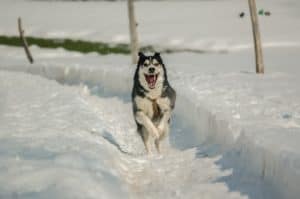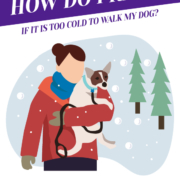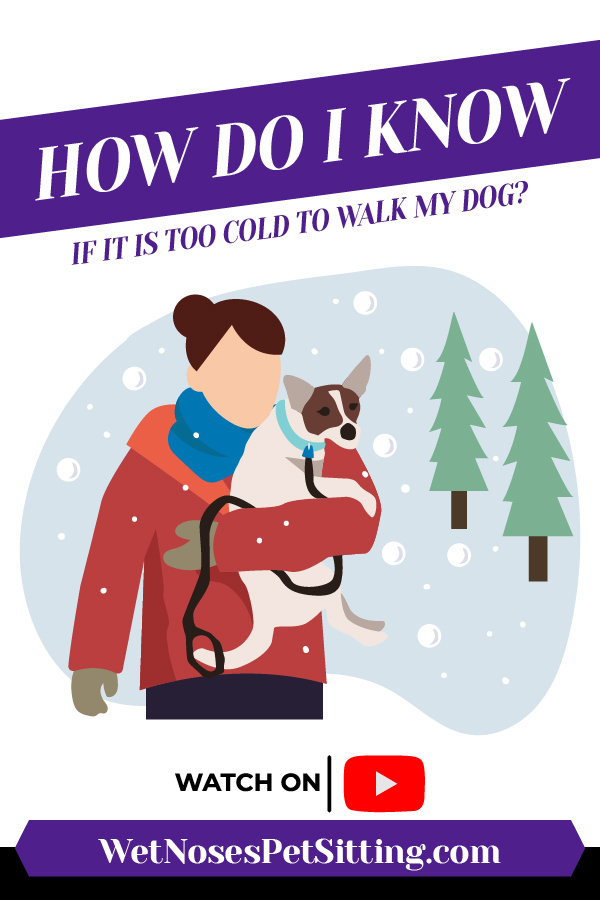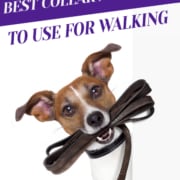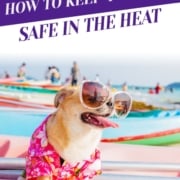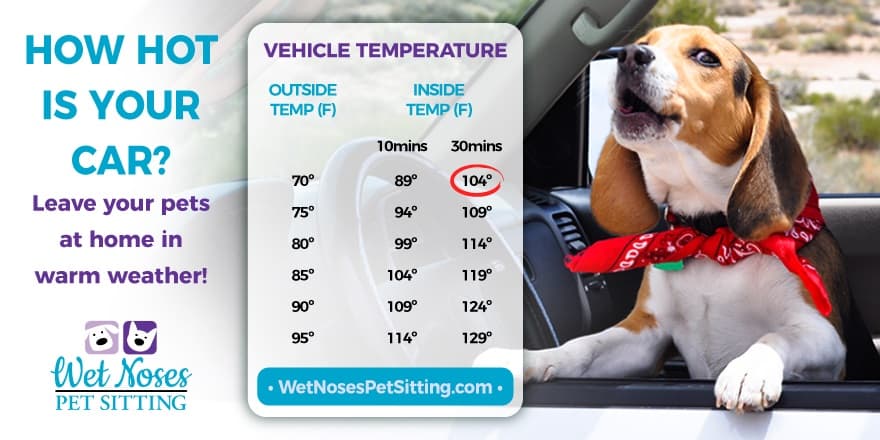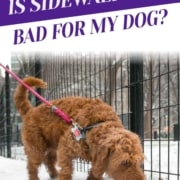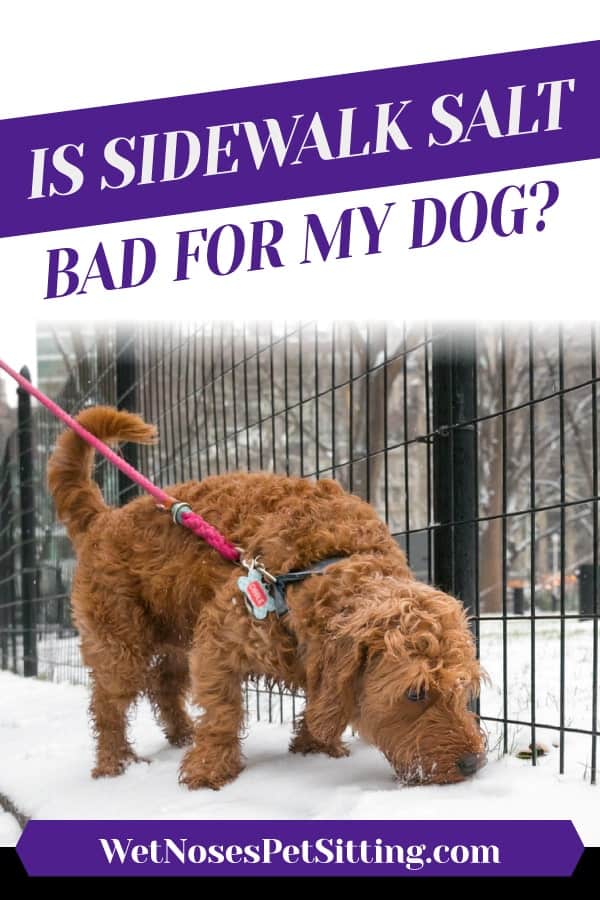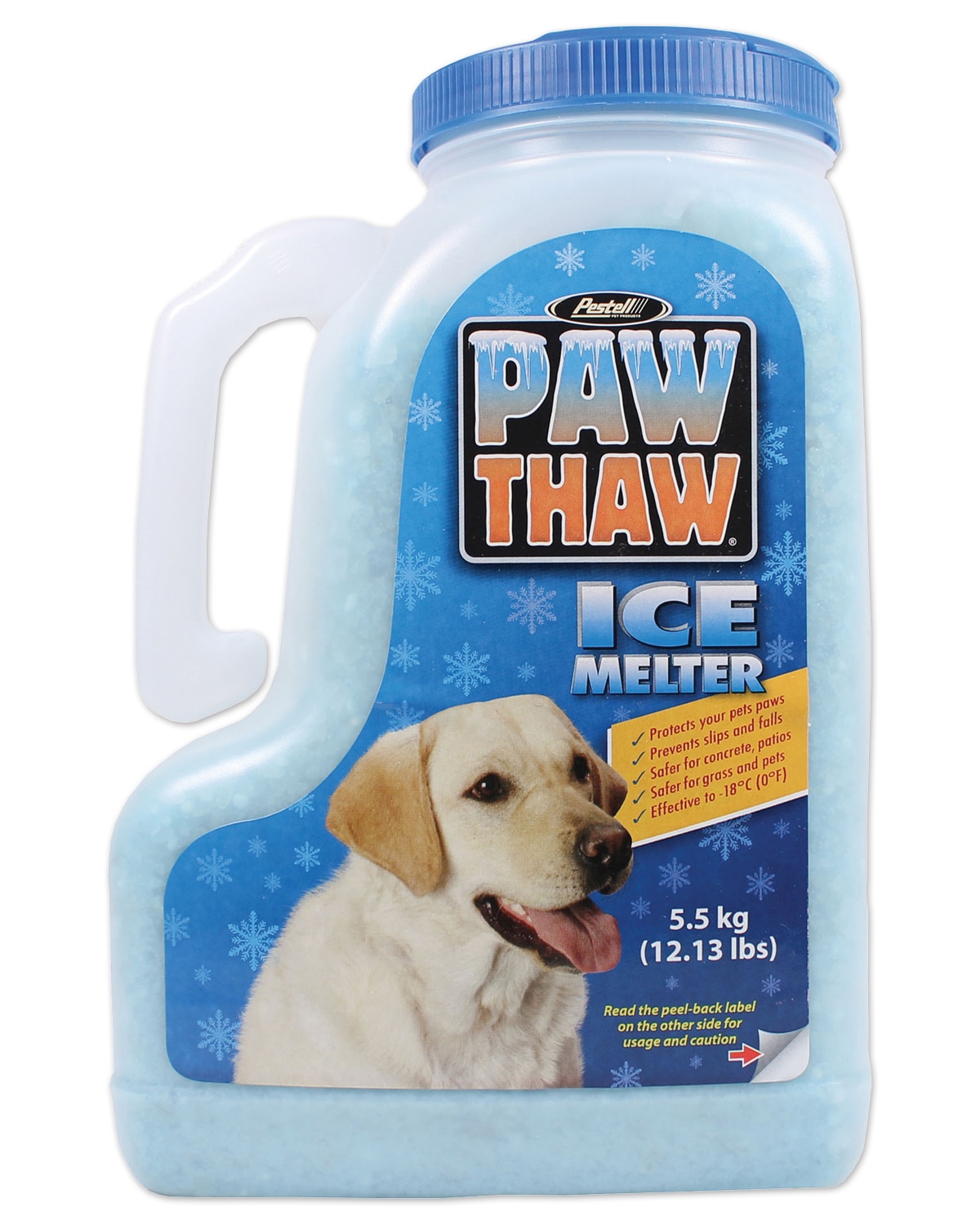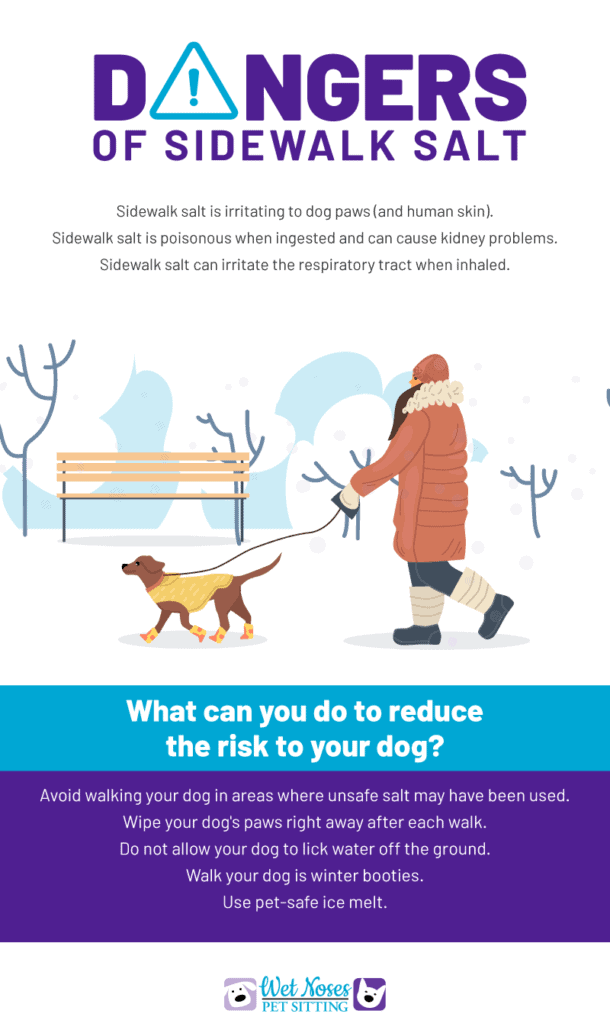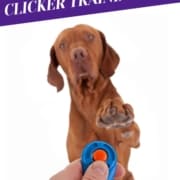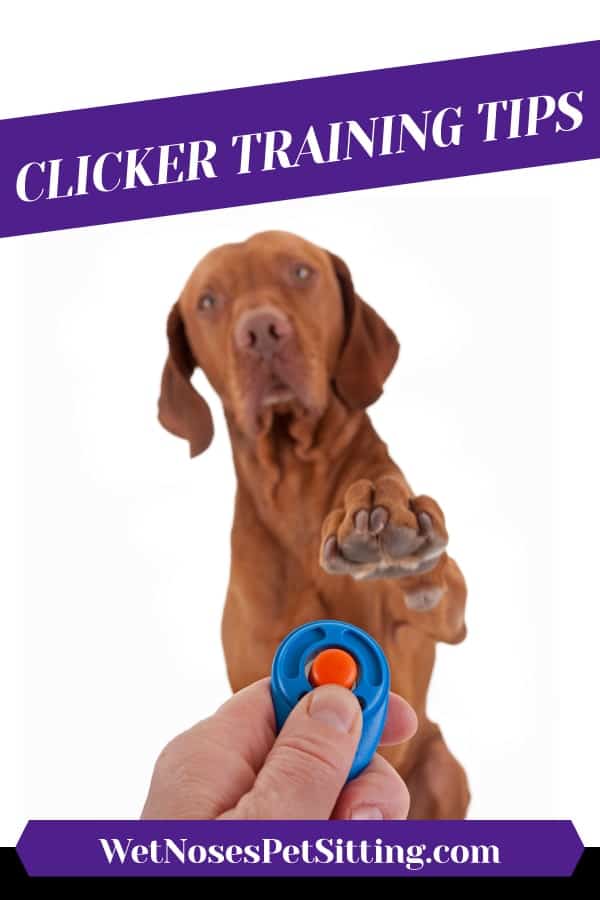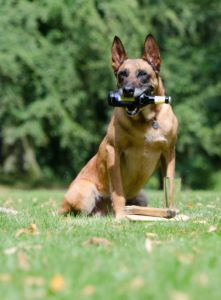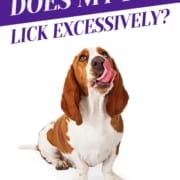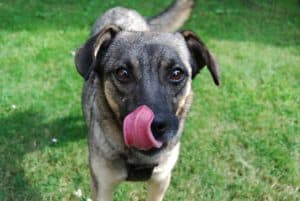Dog Treats for Valentine’s Day
When we think of Valentine’s day, we think of a day of love that is filled with chocolate and flowers. And there is no reason not to include your canine companion with these dog treats for Valentine’s Day. After all, they have a piece of your heart too.
Remember to always keep your dogs away from candy, but making them there own special dog-friendly treats is a great way to include them. Check out these easy to make recipes for your dog this year!
Heart Shapped Pup-cakes
Ingredients:
- 1 cup of all purpose flour
- 1 teaspoon of baking powder
- 1/4 cup of vegetable oil
- 1/4 cup of peanut butter (xylitol free)
- 1 cup of shredded carrots or chopped broccoli
- 2 1/2 tablespoons of honey
- 1/2 cup of buttermilk
- Cream cheese as frosting
- Strawberry (optional)
Directions:
- Preheat the oven to 350 degrees fahrenheit and grease your cupcake pan with butter or vegetable oil
- Mix the flour and baking powder in a small bowl
- Add the oil, peanut butter, and honey to the flour mixture
- Add the buttermilk in a small amount at a time and mix
- Add in the carrots or broccoli
- Place the mixture into the cupcake pan and bake until a toothpick can be cleanly removed from the cupcake
- Let the cupcakes cool for 20 minutes and remove them from the pan
- After the cupcakes are cooled mix up your frosting
For frosting:
- Apply softened cream cheese to ice the cupcake
- Optional: cut up strawberries and mix them into the cream cheese
- Spread the strawberry cream cheese on the cupcakes
No- Bake Peanut Butter Balls
Ingredients:
- 1/2 cup of plain greek yogurt (make sure there are no dog toxic ingredients like artificial sweeteners)
- 1 cup of peanut butter (dog safe)
- 3 cups of rolled oats
Directions:
- Mix the yogurt and peanut butter to make a paste
- Add oats 1/4 a cup at a time and fully mix all the oats with the wet ingredients
- Scoop out tablespoon sized portions of the mixture and roll it into balls
- Place the balls on a parchment paper lined baking sheet and cool in the fridge for one hour
These treats can be stored for 7-9 days if kept in the refrigerator.
It’s true that many Valentine’s Day presents are chocolaty hazards to your dog. But, these delicious homemade treats are the perfect way to share the sweetness with your dog.



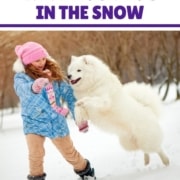
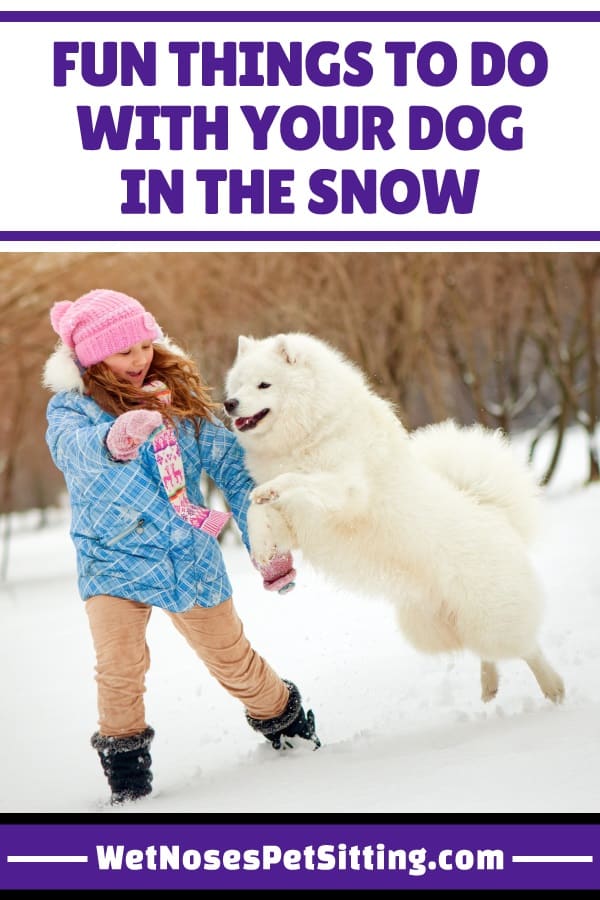
 Snowball Fights
Snowball Fights